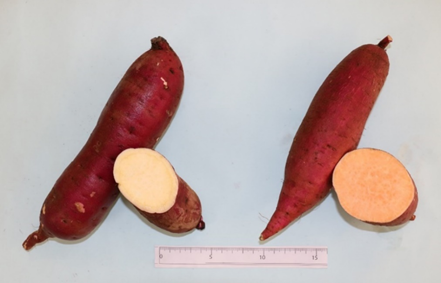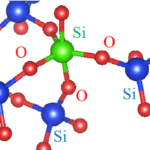(New anode material could lead to safer fast-charging batteries)
2020/9/2 アメリカ合衆国・カリフォルニア大学サンディエゴ校(UCSD)

・ UCSD が、リチウムイオン電池の数分内での安全な充電と数千サイクルの長寿命を可能にする、新しいアノード(負極)材料を開発。
・ 新アノード材料は、リチウム、バナジウムおよび酸素原子(Li3V2O5)が一般的な食卓塩のような結晶構造でランダムに配置された、不規則岩塩型の構造を有する。高エネルギー密度と高出力を要する EV や穿孔機等の商用アプリケーションが期待できる。
・ 市販のリチウムイオン電池のアノードには、グラファイトとチタン酸リチウムの 2 種類の材料が利用されている。グラファイトアノードを利用した電池はエネルギー密度が極めて高く、充電無しで EV を長距離走行させるエネルギーを供給できるが、急速充電のためリチウム金属の析出を原因とした発火等の懸念がある。チタン酸リチウムアノードはより安全で急速充電も可能だが、エネルギー密度が著しく低減するため充電を頻繁に行う必要がある。
・ 新材料の Li3V2O5 は、グラファイトに比してより安全に利用でき、充電がより速く長寿命。また、チタン酸リチウムに比して少なくとも 71%多くエネルギーを供給する。
・ 同大学は、スタートアップの Tyfast を立ち上げ、同アノードの商用化を目指す。不規則岩塩型のLi3V2O5 の特性は充電スケジュールの立てやすいデバイスに最適であることから、まずは電動バスやパワーツールを対象とする。同材料の開発をさらに進めながら、商用燃料電池開発に向けた他の電池コンポーネントの最適化も実施する。
・ 今回、同アノード材料では、グラファイトの 0.1V を上回る平均電圧 0.6V でリチウムイオン 2 個の可逆的なサイクルが急速充電でのリチウム金属の析出を回避することと、チタン酸リチウムでのリチウム挿入時の 1.5V を下回ることでより多くエネルギーを貯蔵できることを確認した。
・ 同アノードでは、容量の劣化無く 6,000 超のサイクル寿命を有し、20 秒間で 40%超の容量を供給する急速充放電が可能。理論計算により同アノードを調査した結果、同アノード材料が他の電極材料とは異なる充電機構で作動することを発見。リチウムイオンが低電圧と高速リチウム拡散の両方を促進するように自己再配置する。
・ 本研究の実験研究には UC San Diego スタートアップファンドが、理論研究には米国エネルギー省(DOE)と米国立科学財団(NSF)のData Infrastructure Building Blocks(DIBBS) Local Spectroscopy Data
Infrastructure プログラムが資金を提供した。
URL: https://ucsdnews.ucsd.edu/pressrelease/new-anode-material-could-lead-to-safer-fastcharging-batteries
<NEDO海外技術情報より>
(関連情報)
Nature 掲載論文(アブストラクトのみ:全文は有料)
A disordered rock salt anode for fast-charging lithium-ion batteries
URL: https://www.nature.com/articles/s41586-020-2637-6
Abstract
Rechargeable lithium-ion batteries with high energy density that can be safely charged and discharged at high rates are desirable for electrified transportation and other applications1,2,3. However, the sub-optimal intercalation potentials of current anodes result in a trade-off between energy density, power and safety. Here we report that disordered rock salt4,5 Li3+xV2O5 can be used as a fast-charging anode that can reversibly cycle two lithium ions at an average voltage of about 0.6 volts versus a Li/Li+ reference electrode. The increased potential compared to graphite6,7 reduces the likelihood of lithium metal plating if proper charging controls are used, alleviating a major safety concern (short-circuiting related to Li dendrite growth). In addition, a lithium-ion battery with a disordered rock salt Li3V2O5 anode yields a cell voltage much higher than does a battery using a commercial fast-charging lithium titanate anode or other intercalation anode candidates (Li3VO4 and LiV0.5Ti0.5S2)8,9. Further, disordered rock salt Li3V2O5 can perform over 1,000 charge–discharge cycles with negligible capacity decay and exhibits exceptional rate capability, delivering over 40 per cent of its capacity in 20 seconds. We attribute the low voltage and high rate capability of disordered rock salt Li3V2O5 to a redistributive lithium intercalation mechanism with low energy barriers revealed via ab initio calculations. This low-potential, high-rate intercalation reaction can be used to identify other metal oxide anodes for fast-charging, long-life lithium-ion batteries.



